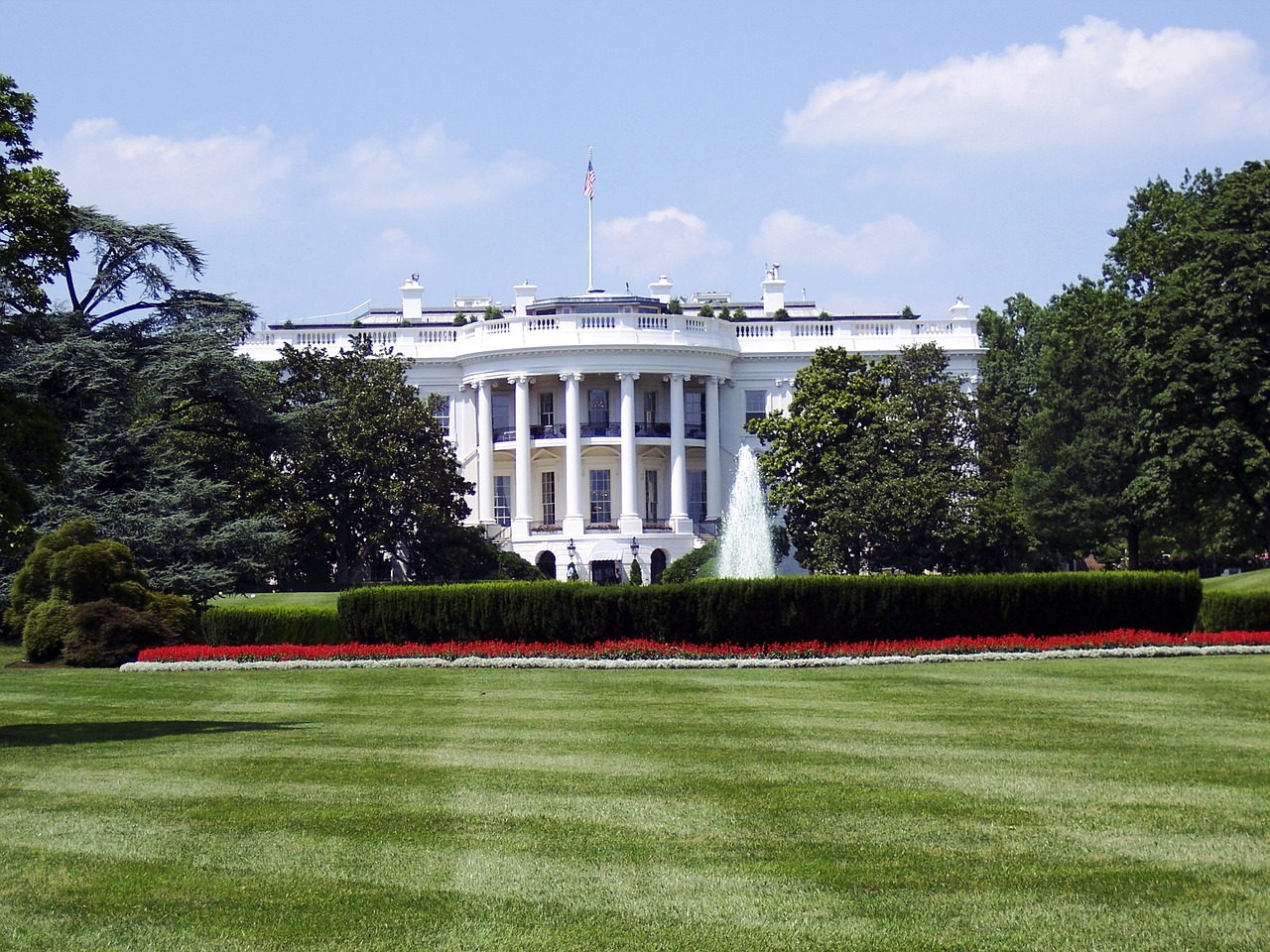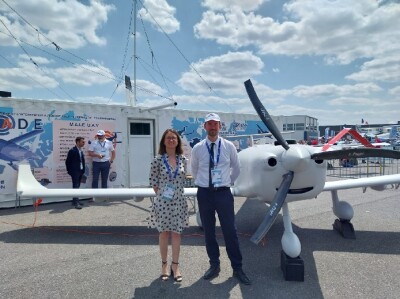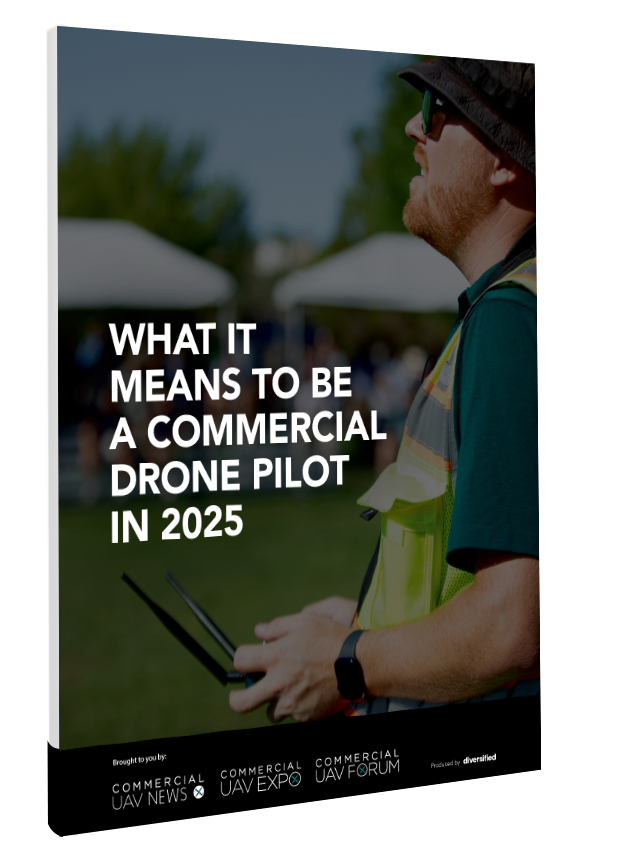In May 2017, the US Department of Transportation (USDOT) through the Federal Aviation Administration (FAA) established the Unmanned Aerial System (UAS) Identification and Tracking Aviation Rulemaking Committee (ARC) with the explicit mandate to come up with a workable set of requirements that would allow public officials to remotely identify UAS. Since then, the creation of a proposed Remote ID rule has been a top priority for the commercial drone industry, and for good reason. Broad authorization for expanded UAS operations, including flights at night, beyond visual line of sight (BVLOS), and over people have essentially been prohibited until the law enforcement and national security communities are comfortable with their ability to remotely identify unmanned aircraft. These are the exact types of operations that many believe will truly unlock the value of the technology.
In a
Since the creation of the ARC, the commercial drone industry has grown to unprecedented levels and daily technological advances continue to fuel new and innovative commercial use-cases. Just as drone technology has improved, we have also seen increasing numbers of headlines raising legitimate drone security issues. These negative headlines have created a negative public perception of the technology, which further fuels the need to define what Remote ID can look like as soon as possible.
The ARC provided its initial report to the FAA in September 2017, just a few months after its creation. Even though the FAA Extension, Safety, and Security Act of 2016 required FAA to issue regulations for remote identification by July 2018, the publication of a proposed rule has been delayed again and again for over two years. It is now set some out in December.
What very few people know is that OIRA is located within the Office of Management and Budget (OMB) within the Executive Office of the President. It is commonly said that OIRA is the most important agency in Washington, DC that nobody has ever heard of. OIRA reviews draft regulations before they are implemented and reviews and evaluates cost/benefit analyses to determine whether the benefits of a rule would justify the costs.
The OIRA’s review process will allow any member of the public, including UAV manufacturers, operators, users, and other industry stakeholders, to request a meeting with the agency to discuss the proposed ruling, what it should contain, and how it will impact them in particular. By law, the meetings are conducted by OIRA officials and staff, and a log of all meetings is publicly available. The proposed rule will not be released until after the OIRA review process is completed and therefore stakeholders now have one last chance to influence the proposed rule prior to its publication.
A meeting with OIRA provides a golden opportunity for stakeholders to make their voices heard on this key policy and regulatory issue. The boundaries of the limitations and parameters for the Remote ID rule will be largely shaped by the proposed rule, and thus companies that want to provide input on this vitally important issue now have the chance to provide their ideas directly to the White House to help shape this issue for the
We encourage our readers to contact OIRA and find out more about the review process and how they can make a difference in the final product.















Comments